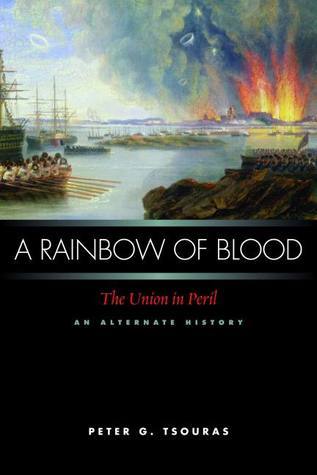What do you think?
Rate this book


311 pages, Hardcover
First published July 31, 2010
 , delivers on the action, provides insights into the real history of the American Civil War, and demonstrates how close the Union came to fighting a very challenging war against Great Britain and Napoleon III's France as allies of the Confederacy.
, delivers on the action, provides insights into the real history of the American Civil War, and demonstrates how close the Union came to fighting a very challenging war against Great Britain and Napoleon III's France as allies of the Confederacy.